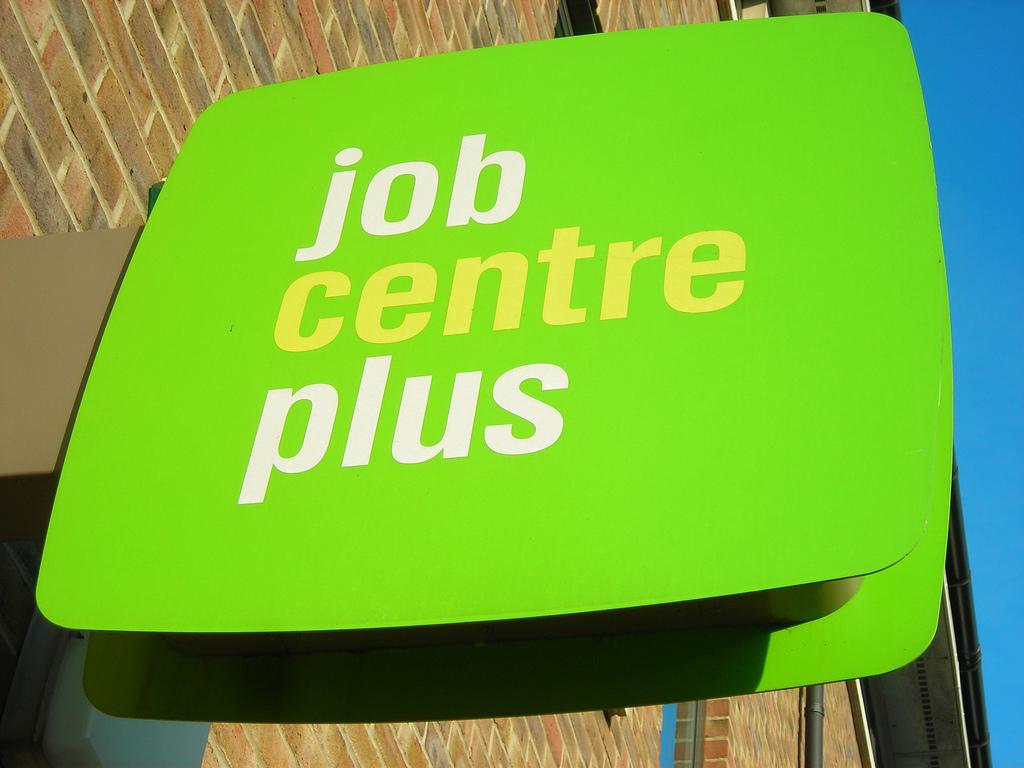Data on UK unemployment for May reflected positively on the UK labour market as new claimants came in at a record low and unemployment fell.
While the Claimant Count rate remained at 2.2%, the numbers of people claiming jobless benefits sunk from the April figure of 12,200 to only 400. The ILO unemployment rate has dropped by 0.1 percentage point to 4.9 percent, the lowest it has been in 11 years.
Surprisingly, growth in average earnings excluding bonuses has reduced slightly from 2.3 to 2.2 percent. The figure which includes earnings from bonuses has however increased by the expected 0.3 percentage points to 2.3 percent.
Although this data shows an expansion in the labour market which should reflect positively on the UK economy and the GBP, there has been little movement in the currency’s strength on basis as experts warn that data may not be representative of the new post-Brexit reality.
James Smith, Economist at ING, stated:
“Perhaps this [the results] is an indication that the uncertainty heading into the referendum didn’t affect hiring to the extent that had previously been assumed, although it is possible that this is simply reflected more heavily in June’s data released next month.”
Smith also said that the Bank of England is similarly unlikely to give the figures much weight in their decision making on monetary policy actions in August.
First post-Brexit figures on UK unemployment and earnings will not become public until September, meaning that effects in the market based on labour market information may delay until then.

